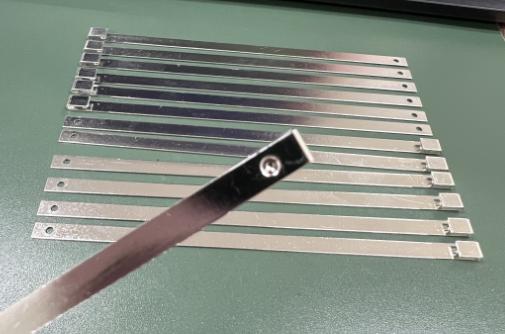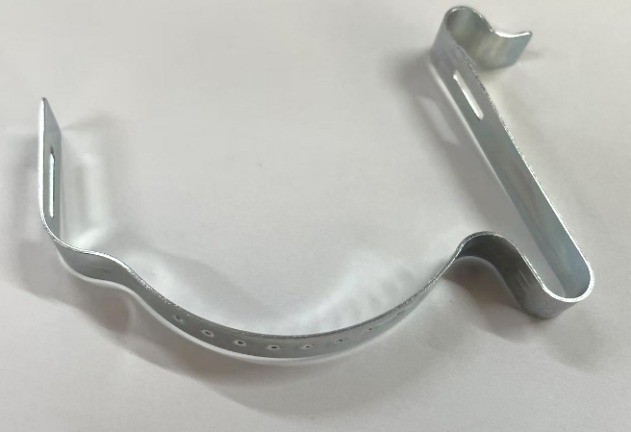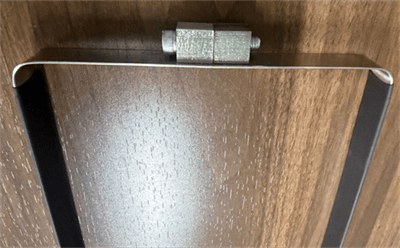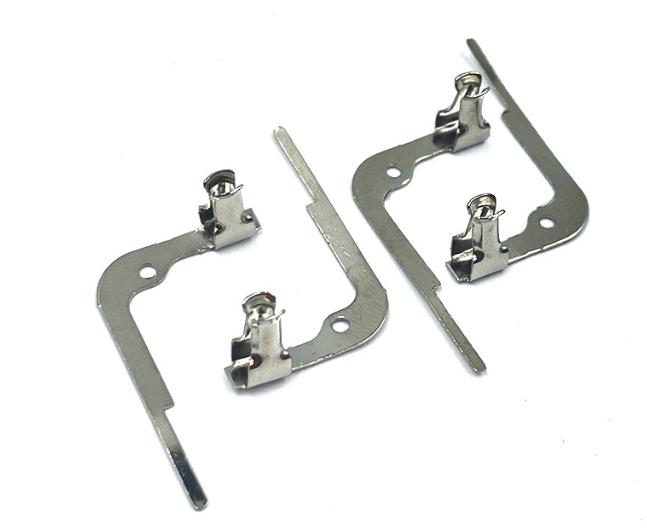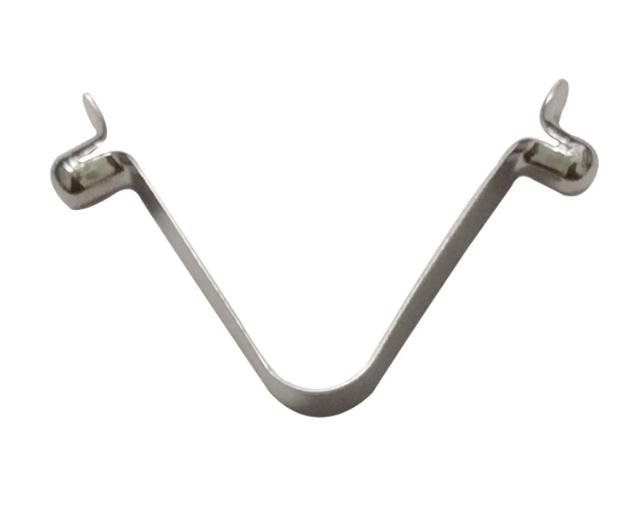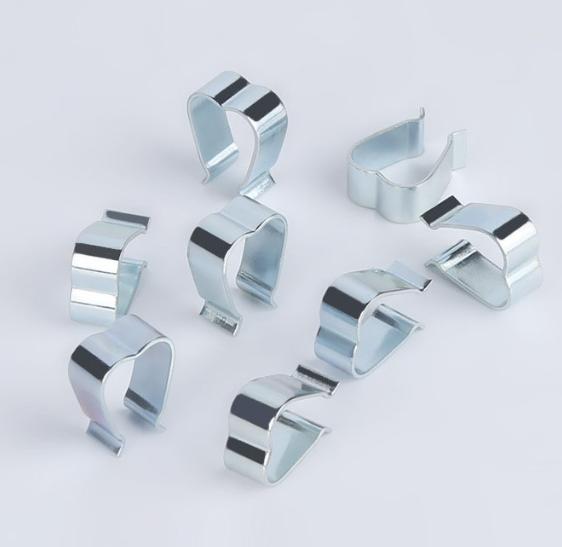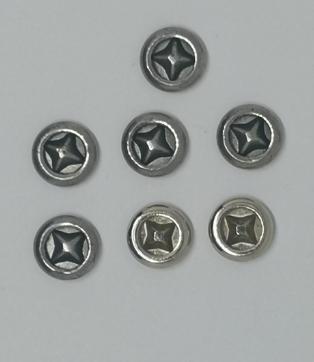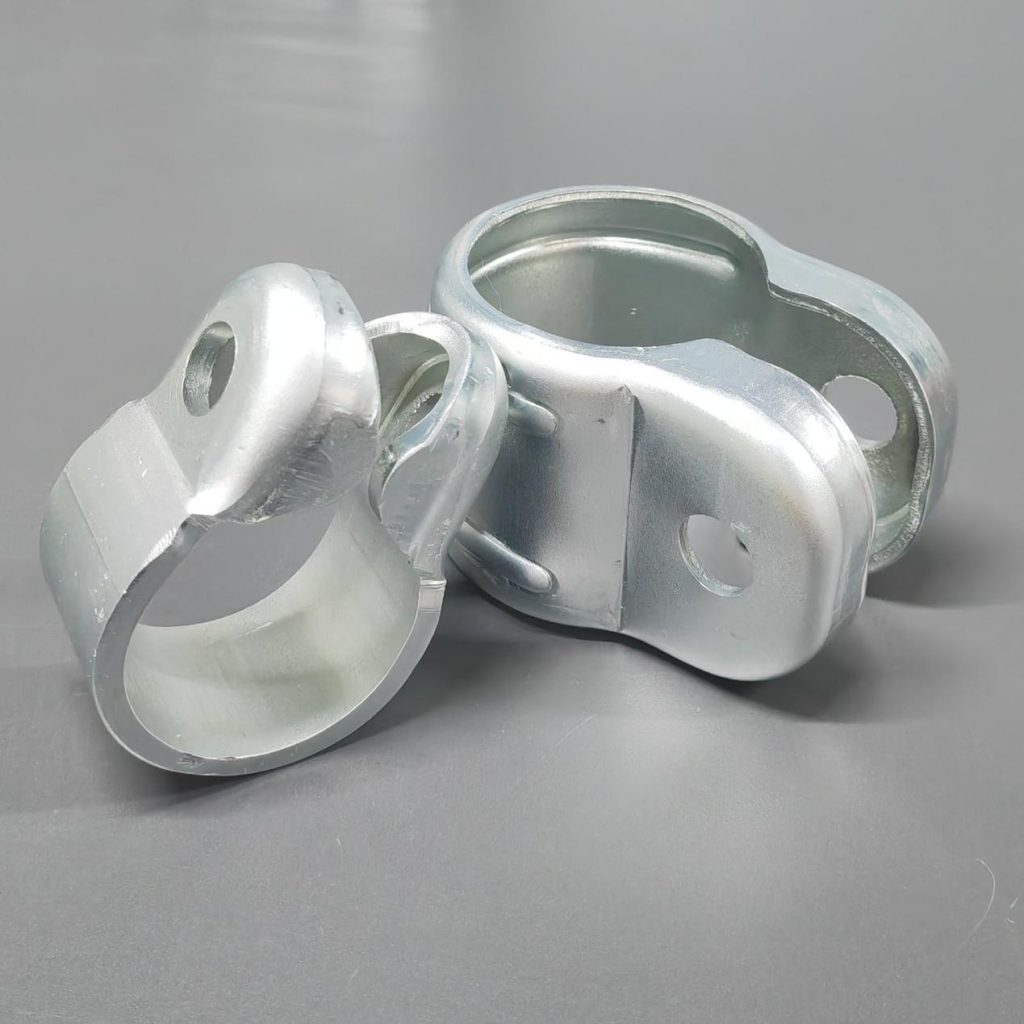Exploring Automotive Stamping Parts: Manufacturing Process and Quality Requirements
For automotive manufacturers, the quality of automotive stamping parts is critical. The quality of their production process affects the actual benefits of the enterprise. The production of automotive stamping parts generally uses a large amount of cold stamping technology to meet the needs of the automotive stamping industry for a variety of products and large-scale production. The materials commonly used for automotive stamping parts not only need to meet the technical standards of the designed product, but also need to meet the processing requirements of machining processes such as drilling, electroplating, and cleaning after stamping.
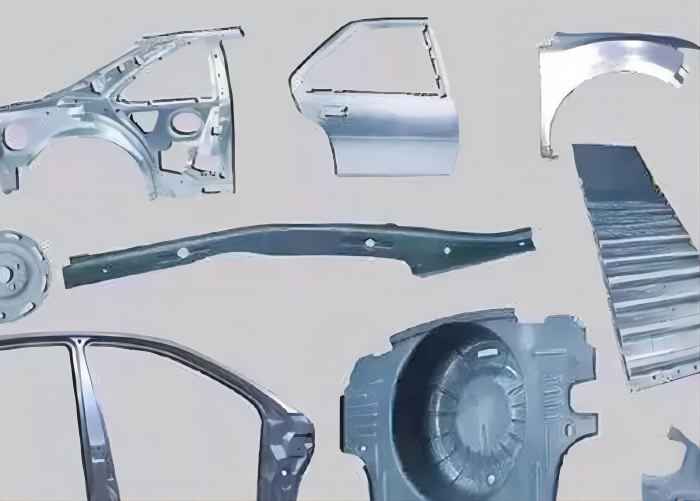
Automotive Stamping Process Flow
Metal stamping is a leading technology in the process of automotive production. The automotive stamping workshop is responsible for the storage of raw materials, coils, and plates, the opening and cutting of coils, the cutting of metal plates, the production of large, medium, and small stampings, the storage of stampings, waste disposal, and the daily maintenance and maintenance of equipment and molds.
The Process of Automotive Stamping Parts
The process of automotive stamping parts can be divided into the following steps:
- Raw materials (plates, coils) are stored in the warehouse.
- The coils are opened on the opening line.
- Large parts are washed and lubricated, and small parts are opened and cut.
- The stamping production line is started, provided that the mold installation and debugging are qualified.
- The qualified parts are anti-rust and stored in the warehouse.
Automotive Stamping Parts: A Wide Range of Components
Automotive stamping workshops are responsible for manufacturing a vast number of parts, not just a small number. These components play crucial roles in the vehicle’s structure, functionality, and aesthetics. Some of the key exterior panels produced by automotive stamping workshops include:
- Engine Hood Outer Panels: These large, intricate components require deep drawing and flanging operations to achieve their final shape. Their smooth surface finish and precise dimensional accuracy are critical for proper fitment and vehicle aesthetics.
- Roof Panels: These elongated panels undergo various bending and flanging processes to create the desired curvature and structural support. The stamping process must ensure consistent thickness and profile throughout the panel.
- Doors: These complex assemblies involve multiple stamped parts, including the inner and outer panels, reinforcements, and hinges. Precise alignment and tight tolerances are essential for smooth operation and optimal door closure.
- Fender Panels: These curved components require precise forming and trimming to achieve the desired shape and seamlessly integrate with the rest of the vehicle body.
- Trunk Lids: Similar to engine hoods, trunk lids are large and intricate, requiring careful drawing and flanging to ensure proper fitment and structural integrity.
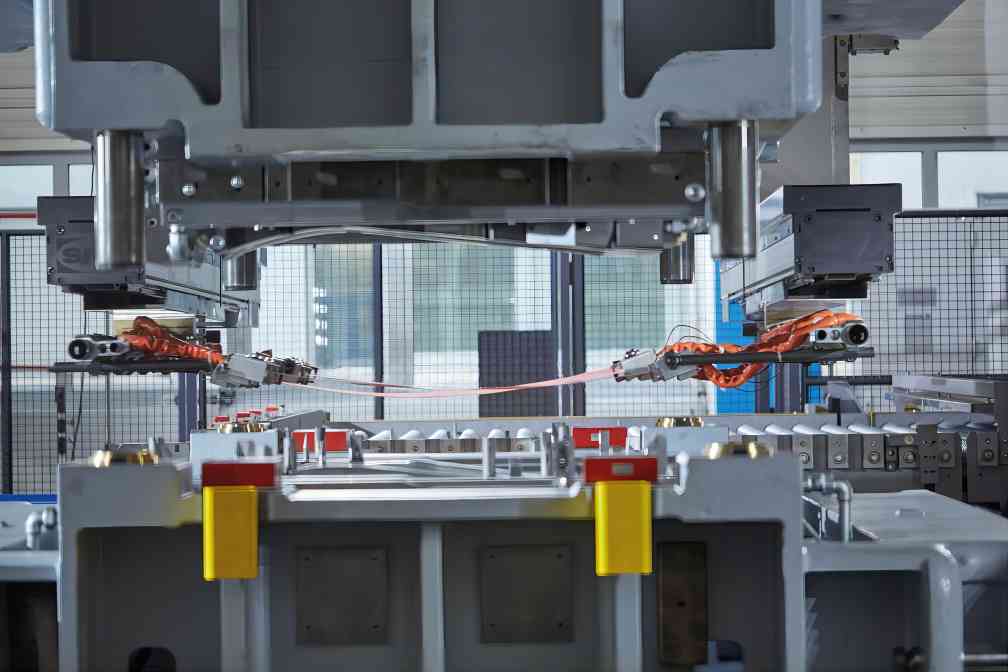
Quality Requirements for Automotive Cover Stamping Parts
Automotive cover parts, such as engine hoods, roof panels, and doors, play a vital role in the overall aesthetic and functionality of the vehicle. They are subjected to various stresses and need to fulfill specific requirements to ensure optimal performance.
Dimensional Accuracy and Shape Consistency
- The size and shape of the cover parts must comply with the precise specifications defined in the welding and installation matching standards. This ensures proper fitment and seamless integration with other components.
- Strict tolerances are necessary to maintain dimensional uniformity across large production batches, guaranteeing interchangeable parts and hassle-free assembly.
Surface Quality
- The surface finish of the cover parts should be flawless, devoid of any imperfections like ripples, wrinkles, dents, scratches, or abrasions. This ensures a smooth, aesthetically pleasing appearance, especially for exterior components.
- Specific attention should be given to the ridge lines and curved surfaces. Ridge lines must be sharp and straight, while transitions between curves should be smooth and uniform for a visually appealing and aerodynamically efficient design.
Structural Integrity and Stiffness
- Cover parts often serve as structural components, contributing to the overall rigidity and stability of the vehicle. During the stamping process, the chosen material must exhibit sufficient plastic deformation to guarantee adequate stiffness for the final parts.
- Stiffness ensures the parts can withstand various loads and stresses without excessive deflection or deformation, maintaining the vehicle’s structural integrity and performance.
Processability and Manufacturing Efficiency
- To optimize production efficiency and minimize costs, cover parts should possess good stamping and welding processability. This ensures smooth material flow during stamping operations and facilitates seamless integration with other components during assembly.
- The drawing process, critical in forming complex shapes, should be conducted smoothly and consistently to achieve stable production and minimize downtime.
Additional Considerations
- Material selection plays a crucial role in fulfilling the requirements for cover parts. The chosen material should possess the necessary strength, formability, corrosion resistance, and weight characteristics to meet the specific application needs.
- Surface treatments such as painting or electroplating may be required for aesthetic purposes, corrosion protection, or improved wear resistance. These processes should be carefully selected to ensure compatibility with the base material and comply with environmental regulations.
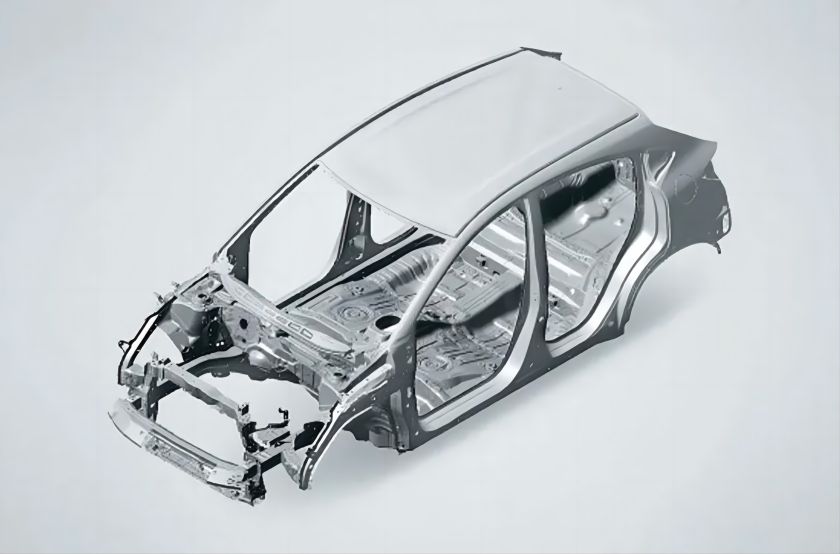
In conclusion, understanding the intricacies of the automotive stamping process is essential for ensuring the production of high-quality components. From raw material handling to the final storage of stamped parts, each step in the process plays a vital role in the overall efficiency and success of automotive manufacturing. The stringent requirements for covering parts underscore the need for precision, quality, and reliability in the automotive stamping industry.

